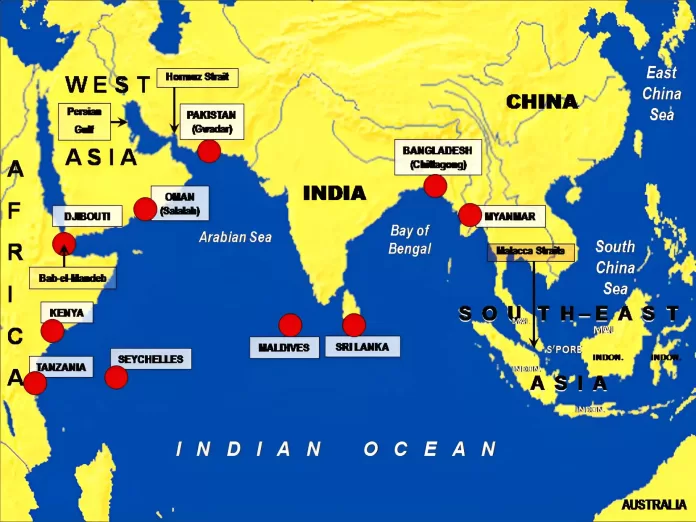The world political stage has been dramatically changed at a very fast pace from 2020 to 2025. The pandemic affected the global economy, rules of engagement in all spheres of life changed and the political stage shifted from Europe to China and Russia followed by a chaotic withdrawal of NATO forces from Afghanistan and the rise of Taliban in Afghanistan. The past couple of years were also important and instrumental for China-Pakistan Economic Corridor (CPEC) related developments and further regional engagements and alignments. Having said that, due to CPEC development and regional connectivity challenges via Afghanistan to Central Asian states, it is utmost important for Pakistan to strengthen its role in the Indian Ocean Region (IOR), Arabian Sea and further in the dominion of influence.
Pakistan’s policy makers have tried the least, as per my knowledge, on how to leverage the great maritime potential and transform this to reflect into the nation’s foreign policy. Pakistan’s military establishment is still following a traditional land-based approach since the traditional military set ups and doctrines in Middle east, Central Asia and the Subcontinent were laid out on land-based forces along with war operations. In recent years however, a sense of realization has certainly emerged due to the flagship CPEC project and it is being felt that a strong Pakistan Navy is vital for the protection of Pakistan’s extended Exclusive Economic Zone (EEZ) along with protection of sea based CPEC related commerce.
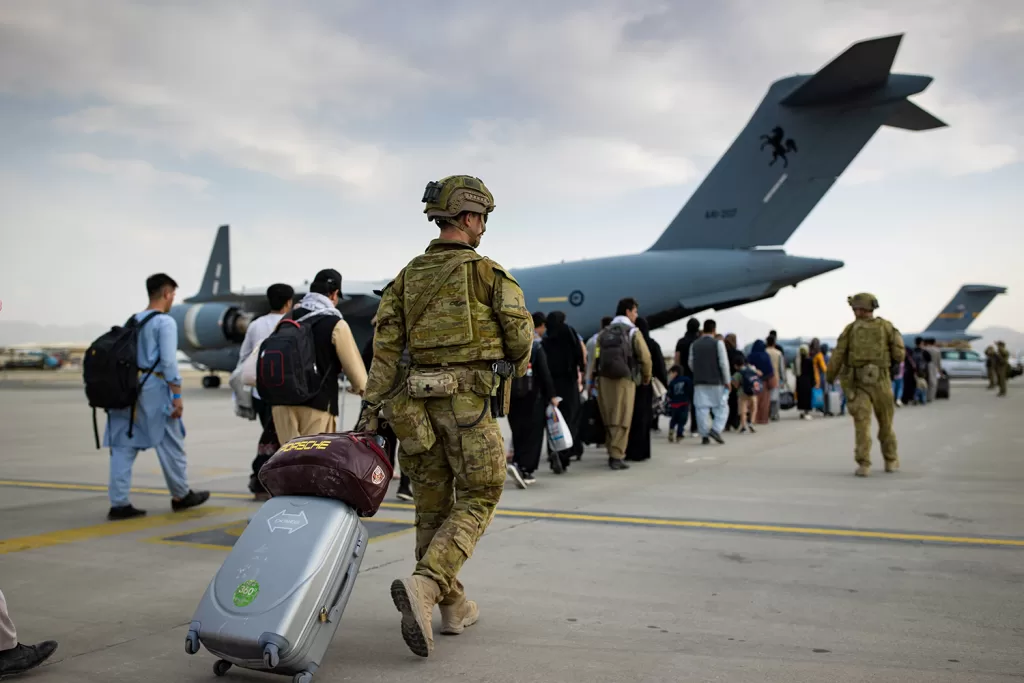
As stated in previous write ups, seeing Pakistan’s land border situation and hostility with its immediate neighbor India and Afghanistan, this traditional land-based approach might prevail for a longer period; however, the new paradigm change because of CPEC activities and Chinese access to the Arabian Sea is the key element to elaborate internally with the Establishment for the allocation of significant naval resources. One must keep in mind, the CPEC trade route will only be safeguarded when a powerful Navy stands behind it. Handling this paradigm shift, the Pakistan military Establishment must have a multilateral approach by utilizing and effectively employing tri-services strategy for protection of economical and maritime trade purposes. As far as our foreign policy is concerned, I have yet to see a solid policy towards maritime commerce and benefiting from our seabed resources in the Arabian Sea, protection of EEZ and most importantly, what our objectives should be in the greater Indian Ocean region (IOR). A strategic alignment between Pakistan and China has already developed due to CPEC related trade interests and activities in the Arabian Sea. However, this collaboration should further increase to cover Indian Ocean Region (IOR). But before that, as a prerequisite, Pakistan must be clear on the IOR in terms of foreign policy and objectives.
Pakistan’s blue water interest in IOR, the Arabian Sea and further in the dominion of influence interests should basically cover four main pillars in my view.
1. Safeguarding maritime trade
2. Protecting EEZ
3. Countering Indian advances in IOR
4. Strategic Presence in IOR and Asia Pacific Regions
5. Operational capability in dominion of our naval interest from the Arabian Sea to the Mediterranean Sea, Horn of Africa, Aegean Sea and up to the Black Sea with Turkish collaboration.
Pakistan’s Exclusive Economic Zone (EEZ) is 240,000 km2 with the continental shelf extending a further 50, 000 km2, that totals 290,000 km2 of EEZ area. The area is rich in fishery, possibly hydrocarbons (that needs to be explored further) and other seabed resources and Pakistan aspires to leverage the EEZ for socio economic development. It is therefore in Pakistan’s interest to see that the environment at sea is secure and stable to pursue legitimate interests unimpeded. The trade between Pakistan and China was recorded as US$ 16Bn in 2015.
The China Pakistan Economic Corridor project, with initial investments of US $46 billion and Gwadar port as its pivotal point, would provide boost to the already very strong bonds of friendship between the two countries and bring prosperity to the entire region. Recently Gwadar international airport was inaugurated and it will help manage air traffic from west to the east in bulk volumes, as expected by seeing the global economics and trends.
According to the Journal of the Indian Ocean Region (JIOR), more than 80 percent of the world’s seaborne trade in oil and gas transits through the Arabian Sea and Indian Ocean choke points; with 40-45 per cent passing through the Strait of Hormuz, 30-35 per cent through the Strait of Malacca and around 10 percent through the Bab el-Mandab Strait. It is obvious that half the world’s container traffic passes through the Arabian Sea and Indian Ocean, and the associated ports handle about 30-35 percent of world trade.
As most of the known world oil reserves are in the said Oceans, the dependence of industrialized nations on Gulf oil is enormous, hence any interruption of this traffic would have devastating impact on economies of these nations.
In this scenario, developing a port at Gwadar makes a lot of economic and strategic sense for China; its oil containers and cargo from the Persian Gulf have to travel thousands of miles over sea and over land to reach Western China.
While the Gwadar-Kashgar route shortens this distance to 2500 kms, strategically, China’s shipping containers have to pass through the choke point of Malacca Strait which remains under the watchful eyes of the Indian Navy.
Hence, developing a port and utilizing the Gwadar-Kashgar route is both strategically and economically important for China. CPEC and Gwadar port project would provide a most economical route for trade connectivity between China and the rest of the world over land and at sea. CPEC will not only facilitate trade between Pakistan and China but will also provide a path to the regional and global connectivity.
Thus, Pakistan will reap enormous economic benefits from CPEC related infrastructure and maritime container traffic such as receiving destination charges, customs fee and warehousing charges along with enormous employment opportunities. Since most of Pakistan’s trade is via sea borne, it makes sense to protect the trade and ports from any potential blockade to safeguard maritime commerce.
In this regard, the Pakistan Navy must make practical efforts for induction of a helicopter carrier and dedicated airborne early warning aircrafts. Such inventory will provide the Pakistan navy to sustain its surveillance operations for long periods of time with enhanced capabilities in the naval dominion of influence.
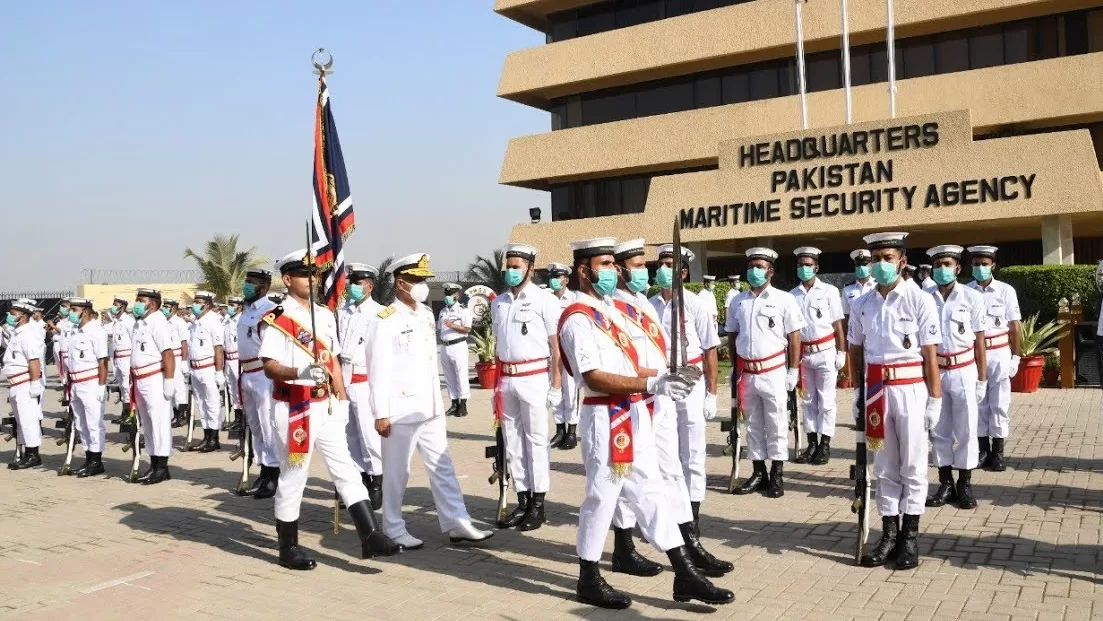
Protecting our EEZ and Sea Control should be of topmost priority amongst our naval and civilian leadership because of the precious resources under the seabed in Pakistan’s EEZ in Indus and Makran basins. The Indus basin delta is the second largest in the world after the Bay of Bengal and is analogous to many producing basins in the world in geological terms. Pakistan hasn’t had much success in offshore drilling although efforts have been made by such drilling firms as Sun Oil Company, Wintershall, Husky, Occidental, Total, PPL, Shell, and ENI which in all drilled about twelve wells.
As the technology keeps improving, we hope for a much better success rate. Sea food is another precious resource where our fish production in the marine sector, extending up to 35 nautical miles from the coast, is nearly 70 percent while the remaining 30 percent is obtained from inland sector.
There is no reliable data on the quantum of fish resource beyond the 35 nautical miles limit in the EEZ which is routinely transgressed by fishing trawlers from other countries. Pakistan’s Maritime Security Agency (MSA) frequently apprehends Indian fishermen who intrude into Pakistani waters but its reach and capacity against bigger offenders operating further south of the coast is severely constrained. MSA does not have sufficient air surveillance assets to monitor the activities in EEZ, nor does it have enough surface vessel resources to effectively police the area once intruders have been reported.
While this huge seabed area offers opportunities to explore additional resources, its unique geographical proximity also poses challenges in the form of threats which could jeopardize our national security. These threats could emerge from inter-state territorial disputes, political instability, piracy, dumping of toxic waste, human smuggling, drugs and arms smuggling and transnational crimes including maritime terrorism such as the blowing up a fishing boat by Indian Coast Guards in the past.
In short, Pakistan must lay out a comprehensive strategy for exploration of resources both beneath the surface and under the seabed, along with its surveillance and defense strategies as soon as possible. Pakistan’s political government must take cognizance of the enormous EEZ opportunities and increase the naval budget at least to twice its size so that the Pakistan Navy could manage induction of additional inventory in next 3 to 4 years and safeguard our economic interests in Arabian Sea and further to our dominion of interest.
It will be quite challenging for the Pakistan Navy to dominate in home waters and distant seas with the existing naval inventory at its disposal. In the past India has tried to make advances into the Central Asian region attempting to by-pass Pakistan through land route but this cost Indian substantial monetary and human resources and are desperately trying to find some solution. The only way out that India found is to play around with the Iranians and their investment on the Chahbahar port. A detailed chapter can be found under “Managing Iran” in the previous DJ publication. Pakistan must keep the Iranians on own side to prevent use of Iranian soil against Pakistan.
Similarly, uninterrupted CPEC related trade and exploration of maritime resources dictate the Pakistan Navy and military establishment to focus on the IOR and its adjacent islands and coastal nations. Pakistan must set up and manage good naval and military relations with the Maldives, Sri Lanka, Yemen, Oman and Somalia. These are the countries crucial for establishing a solid foothold in the IOR.
If we have a strong presence in the said countries, the maritime commerce could be monitored easily along with countering any negative Indian ambitions regarding Pakistan’s maritime trade and resources. Also, this will help counter a situation where the Indians could try to blockade Pakistan’s major ports.
For the elaboration of readers, the Indian Coast Guard is expanding enormously in terms of role and responsibilities. Rather than concentrating on its core responsibilities of coastal defence, it is now trying to counter and check the Pakistan Navy on its own strength thereby relieving and enabling the Indian Navy to maintain its presence/dominance in IOR, Bay of Bengal and beyond. In such a scenario, Pakistan’s advancement towards said IOR nations is proactively required.
There are quite a few important maritime trade routes located adjacent to IOR that are of particular interests to Pakistan like the Strait of Hormuz and Bab El Mandab, having further connection with Suez Canal and Gulf of Aqaba that made this region more visible for the Navies of the world and this trade route is especially important for Pakistan Navy in terms of its naval strategic doctrine.
Pakistan maintains close military ties with all Gulf States (GCC) like Saudi Arabia, UAE, Oman, Qatar and Bahrain. The energy needs for Pakistan are strongly associated with these Gulf States via Strait of Hormuz along with other economic stakes.
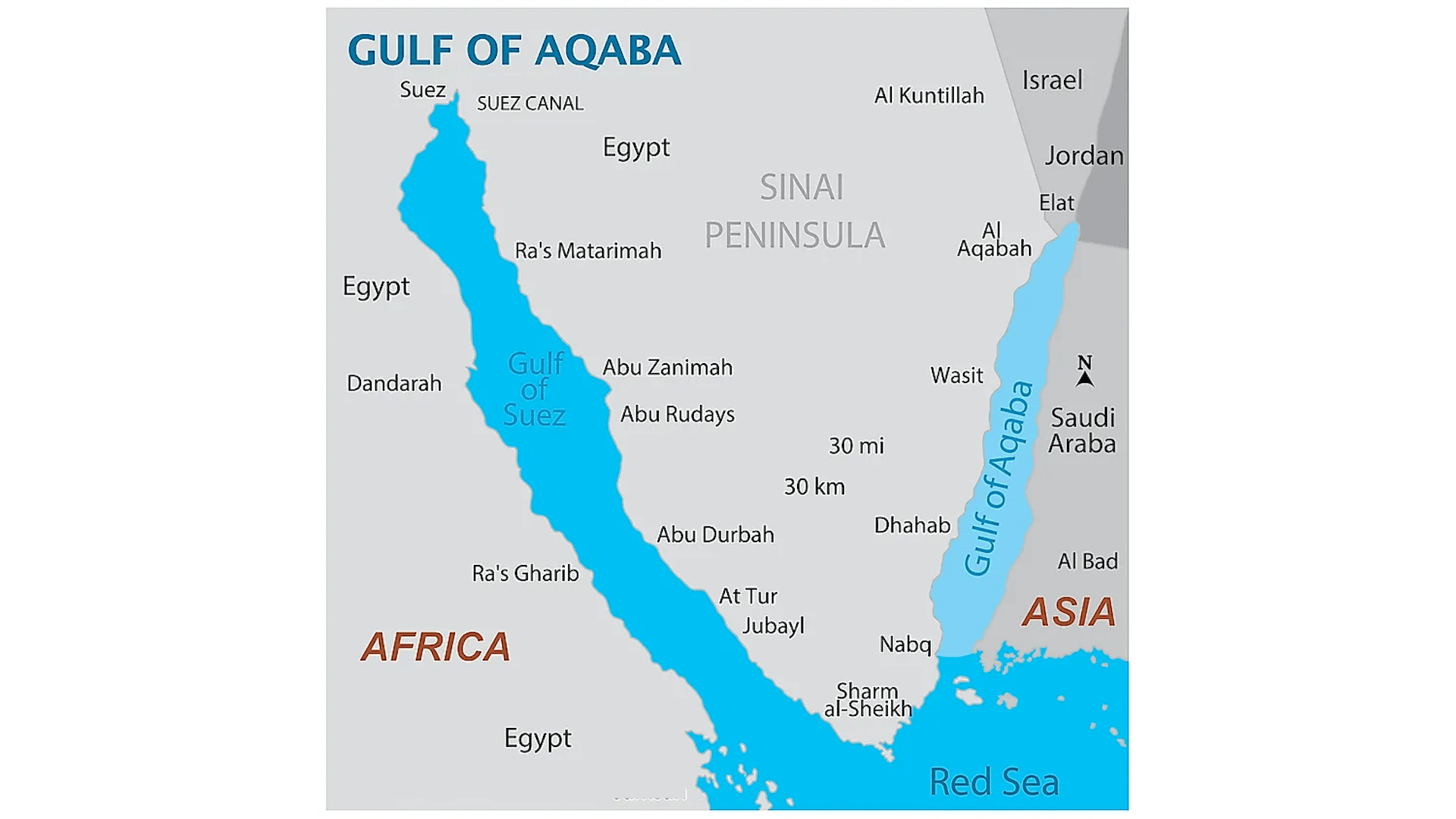
Similarly, the holy cities of Mecca and Madinah are located near the shores of the Red Sea adjacent to Bab El Mandab. For Pakistan, the security of these two holy cities is the prime factor that dictates deeper defence ties with Saudi Arabia with a special emphasis on military presence on-ground in case such a time comes.
Since the Red Sea area of Saudi Arabia is open to Gulf Aqaba that has an Israeli port Elat next to it, it becomes strategically important for both Pakistan and Saudi Arabia. Pakistan must watch this small gulf and the Red Sea to counter any emerging challenge that may pose a threat to the holy sites as well as any commercial impact related to Pakistan and Saudi Arabia.
The dominion of interest for Pakistan stretches up to the Mediterranean Sea for conducting naval exercises with Turkish navy and other regional countries. Pakistan’s dominion of interest is supposed to be beyond its extended Exclusive Economic Zone and this will further stretch when Pakistan/China joint naval forces will collaborate in the coming future for CPEC security matters covering a considerable part of the Indian Ocean. For example, Pakistan maintains very close ties with Sri Lanka so as to keep Sri Lankans on her side when dealing with Indian hegemony in the Indian Ocean. Since India has always had negative ambitions towards CPEC and our EEZ, it is imperative for Pakistan to encircle India from every possible side in IOR with Chinese support.
One of the best ways to increase Pakistan’s naval and military presence is to get hold of some islands located in the IOR. Pakistan is a key member of the Islamic Military Counter Terrorism (IMCT) coalition and can leverage this stature by asking for naval logistic support from countries that are part of this alliance.
For instance, UAE is utilizing Socotra Island as its naval logistic station and Pakistan can do the same. This nation must understand that only an aggressive and effective diplomacy coupled with strong resolve from our political and military establishment is required. It is not clear yet whether anyone from our hierarchy has discussed this with friendly countries but if such naval logistic agreements can be arranged, the Pakistan Navy could use islands in the Arabian Sea and IOR such as Socotra and its adjacent smaller Islands like Darsah, Kilmia and Samhah, the Red Sea Islands under Saudi control, Gulf Oman Islands like Almassirah, Khuriya Muriya Islands like Alqibliah, Alhallaniyah and Alsawda and Bosas in Somalia. Also, the Maldives is a very important and a key station that should be kept in focus as well.
It is recommended that Pakistan’s Naval Chief’s visit to said IOR countries to facilitate such an agreement and laying out of the foreign policy about IOR becomes very important. Pakistan must be ready to counter Indian expansionist ambitions in IOR if it is to neutralize Indian maneuvering and expansion in Central Asia.
We must also aggressively leverage our friendship with Turkey that has plans to establish military bases in Somalia, Qatar and some other regional countries. We can get logistic support from those Turkish military stations in order to fulfill our sea control vision at extended EEZ and deep reach to IOR. Turkey also has considerable influence in the Mediterranean Sea and Pakistan should get involved in that part of the world for enabling and supporting joint operations with the Turkish Navy.
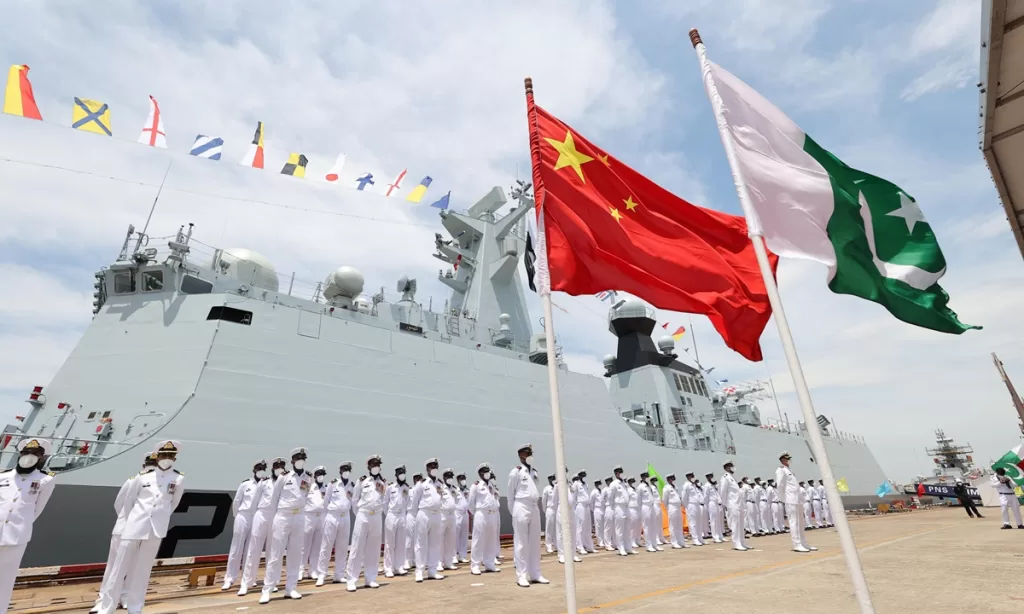
From my point of view, some areas to focus on are listed below in order to speed up the rise of Pakistan Naval power that could safeguard the huge EEZ and CPEC related trade and economic activities across the territorial water and maritime dominion of interest.
1. Double the Naval budget from its current level.
2. Double the size of Submarines and Destroyers gradually in 3 to 4 years.
3. Develop strategy for employing at least helicopter carriers which seem to be feasible instead of acquiring traditional carrier with fighter jets. This will help boost operational capabilities. A Heli carrier can be developed at our naval shipyard.
4. Acquire Nuclear subs for maintaining longer operational sustainability
5. Modernization of shipyards and Destroyers’ manufacturing via joint ventures
6. Effective local repair capabilities in-house for maritime inventory
7. Modernization of second-strike capability utilizing submarines.
8. Massive improvement in naval aviation for supporting longer maritime operations
9. Agreements with friendly nations for using strategic islands in the Arabian Sea
10. The Pakistan Navy should adopt long term strategy as a powerful standing navy during the next decade, and must make every effort to become a regular establishment. The maritime challenges that would crop up in the coming years should energize Pakistan’s defence establishment to acknowledge a greater naval role for protecting long term strategic and economic interests of Pakistan.
Pakistan is a nuclear power, we must be prepared to display our muscles wherever and whenever required. We must adopt a bit of ‘bossy’ attitude and in case the situation warrants we must discard an apologetic attitude. Many countries have defence or semi- defence pacts with Pakistan, we can leverage these opportunities for boosting many sectors for betterment.


